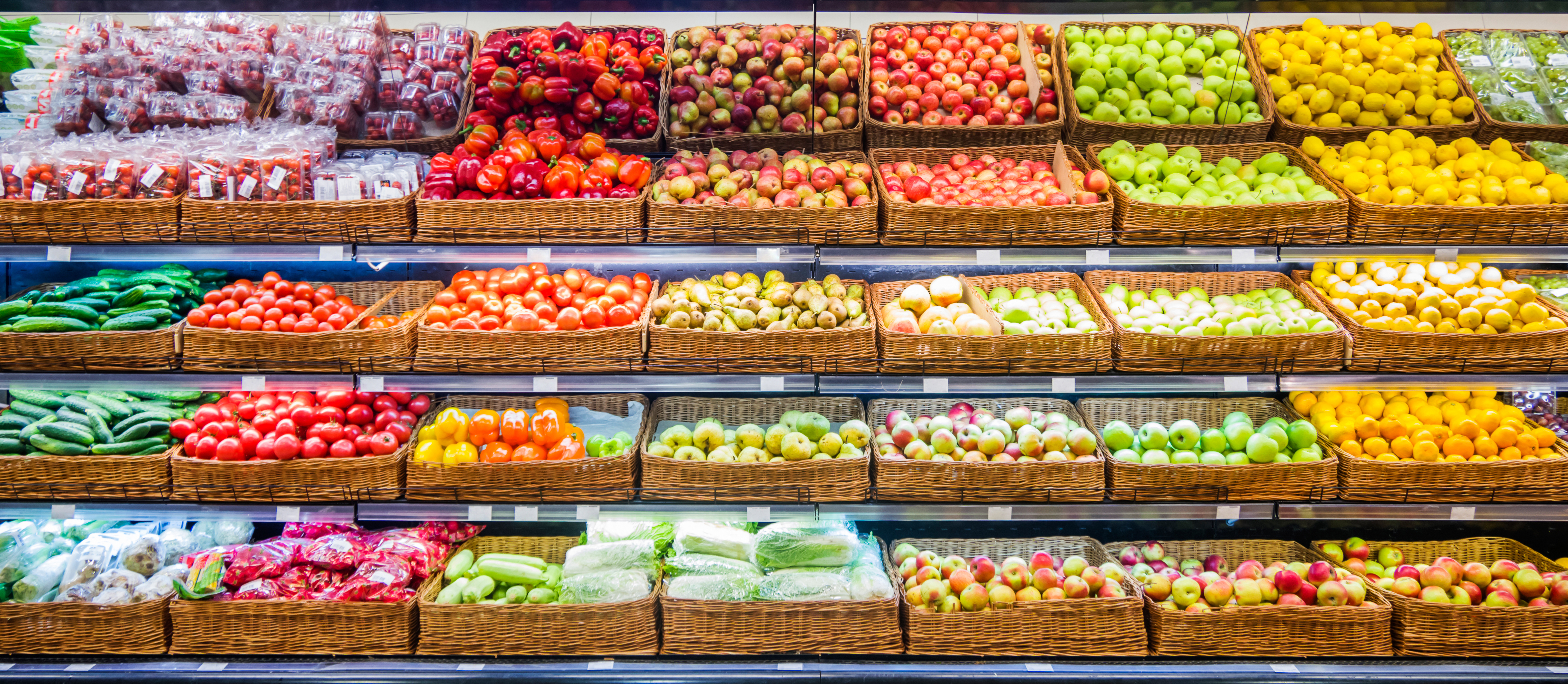Pathogens like EHEC compete with the gut’s resident microbiota to establish a foothold, according to a press release. They manage it by secreting a mix of virulence proteins into the cells lining the host’s colon, setting off inflammation and symptoms of infection.
Plant-rich diets, the release adds, are high in pectin, which the gut microbiota digest into galacturonic acid.
Related: Study: Keto Could Help Fight the Flu Nutrition Organizations Form Association for Personalized Nutrition A Healthier New Year Starts in the Gut
Vanessa Sperandio, Ph.D., Professor of Microbiology and Biochemistry at UT Southwestern, said that she and her team found two things: “First, the goodE. coliand the pathogenic ones like EHEC use different sugars as nutrients. Second, we find that dietary pectin protects against the pathway the pathogenic EHEC uses to become more virulent.”In the study, mice fed pectin for a week withstood infection. Six mice fed a chow diet with 5% extra pectin from citrus peel had a much lower rate of infection than four mice on a typical diet, the release says. The researchers also analyzed the amount of bacteria in a pouch at the juncture of the small and large intestines, called the cecum, and found that pectin-fed mice had around 10,000 bacteria in the cecum, compared to 1 million bacteria in mice on the typical diet.
“This is not translatable to humans yet,” Sperandio stressed. But she added: “We hope a better understanding of how intestinal disease develops will lead to strategies to reduce the incidence or, at least, the symptoms caused by these gram-negative pathogens, possibly through new vaccines or drugs.”










